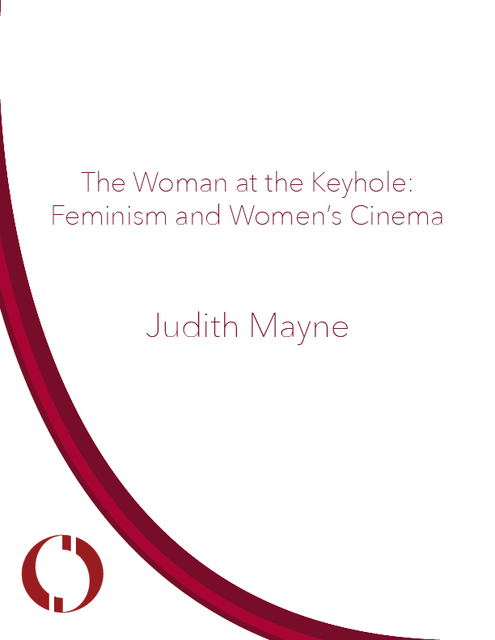The Woman at the Keyhole
Feminism and Women's Cinema
The title of this book takes as its point of reference those early, primitive films in which mostly men, but occasionally women, peek through keyholes, offering bold demonstrations of the voyeuristic pleasure that has been central to virtually every contemporary theory of cinema. When we imagine a "woman" and a "keyhole," it is usually a woman on the other side of the keyhole, as the proverbial object of the look, that comes to mind. In this work the author is not necessarily reversing the conventional image, but rather asking what happens when women are situated on both sides of the keyhole. The question is not only who or what is on either side of the keyhole, but also what lies between them, what constitutes the threshold that makes representation possible. In all of the films discussed, the threshold between subject and object, between inside and outside, between virtually all opposing pairs, is a central figure for the reinvention of cinematic narrative.
Films discussed include Helke Sander's Redupers, Julie Dash's Illusions, Patricia Rozema's I've Heard the Mermaids Singing, Yvonne Rainer's The Man Who Envied Women, Chantal Akerman's Je tu il elle, Ulrike Ottinger's Ticket of No Return, Anne Severson's Near the Big Chakra, Suzan Pitt's Asparagus, Germaine Dulac's The Smiling Madame Beudet, Agnes Varda's Cleo from 5 to 7, Chantal Akerman's Jeanne Dielman, 23 Quai du Commerce, 1080 Bruxelles, Trin T. Minh-ha's Reassem-blage, Laleen Jayamanne's A Song of Ceylon, and the films of Dorothy Arzner.

Table of Contents
Metadata
- isbn978-0-253-05576-7
- publisherIndiana University Press
- publisher placeBloomington, Indiana USA
- restrictionsCC-BY-NC-ND
- rightsCopyright © Trustees of Indiana University
- rights holderIndiana University Press
- rights territoryWorld
- doi
We use cookies to analyze our traffic. Please decide if you are willing to accept cookies from our website. You can change this setting anytime in Privacy Settings.


